Talk is Cheap: Expose Children to a Rich Vocabulary
August 3, 2019/ admin / Parenting / 2 comments
Expose Children to a Rich Vocabulary
We are very fortunate to have Darlene Beck Jacobson, freelance writer, educator, Speech Therapist, and Children’s Book Author as a guest blogger. Earlier we featured her article about encouraging language development in young children. Now she is sharing with us her strategies to help babies develop language and vocabulary.
This page contains affiliate links. Please visit our disclosure page for more information.
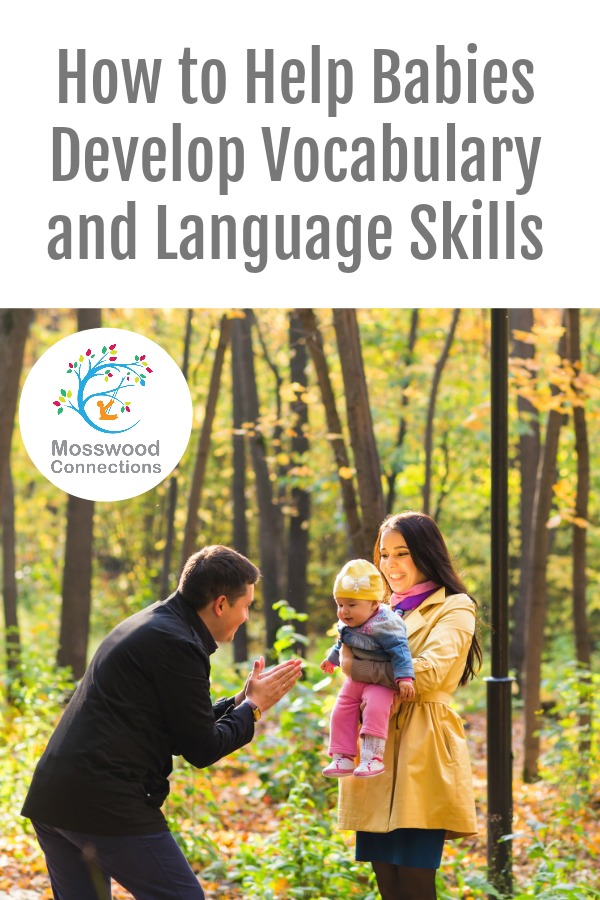
The Importance of Talking to Babies
While most of us may know that talking to babies is crucial to language and vocabulary development, not all of us realize just how important it is. It’s not just listing vocabulary; rich, varied language with good grammar trains babies’ brains to learn through context. Instead of saying “Here’s a banana”, it would be better to say, “Let’s put the banana in the bowl with the oranges and apples.” Speaking in long sentences is best.
The Earlier We Expose Children to a Rich Vocabulary, the Better
The earlier we talk to babies, the better. A baby’s brain processes information long before he is able to respond. Researchers have found a “language gap” among children from low-income backgrounds. Children from affluent, professional families hear millions of more words when they are ready to begin school than poor kids. WORDS ARE FREE and should be used liberally from infancy on. It doesn’t cost anything to talk to a baby, but the payoff can be measured in better school performance and more self-confidence.
So how can we “talk more” to babies?
1. Use rich, varied language and longer sentences.
2. Don’t just label items. Make connections. Instead of “The dog is wagging his tail”, it is more effective to say, “The dog’s fluffy tail is fatter than the cat’s skinny tail.”
3. Put down your phone and turn off the TV. Neither helps a baby learn language. Babies require PERSONAL INTERACTION to learn. Have a conversation about anything and everything. Ex. “Mommy is going to make some lunch. Let’s see what we have in the refrigerator. How about a salad with lettuce, cucumbers, and tomatoes? I need to slice the cucumbers and tomatoes with this knife. Then I’m going to butter the bread and put the slices in this pan for grilled cheese sandwiches”. You get the idea. It doesn’t matter WHAT you talk about, just that you talk directly to the child. Overhearing adult conversations don’t count.
4. Reading a book for just 10 minutes a day adds up to a lot of language. If parents aren’t good readers, talk about the pictures.
5. Fit conversation around everyday activities. Talk about what you’re doing when you bathe the baby, the clothes you are changing her into, the scenery you pass when you go out for a stroll, etc.
In this busy, plugged-in culture we live in, talking often gets pushed aside in favor of texting, social media and the like. In an effort to communicate, we are cutting off opportunities to talk to one another. To ensure that our babies and toddlers grow up to be self-confident, do better in school and are better able to communicate with others, PUT DOWN THE DEVICES AND TALK! Your baby will be better off.

The Importance of Talking to Babies - How to Expose Children to a Rich Vocabulary
Darlene Beck Jacobson is available for workshops/classroom visits on character development, how to do research for historical fiction, and on developing teachers materials for your book to use in the classroom.
As a freelance writer and children’s book author, Darlene’s stories have appeared in CICADA, CRICKET, and other magazines. She is also the author of Wheels of Change; a historical novel about the Industrial Revolution. As a teacher and a speech therapist working with Preschool and Kindergarten aged children, Darlene has many opportunities for story ideas. Working with young children allows her the freedom to be as silly as she wants to an appreciative audience of 3-6-year-olds. “I can walk into the classroom wearing a chicken hat and still get hugs,” Darlene says.
Website: www.darlenebeckjacobson.com
Blog: www.darlenebeckjacobson.wordpress.com
Twitter: @dustbunnymavenen
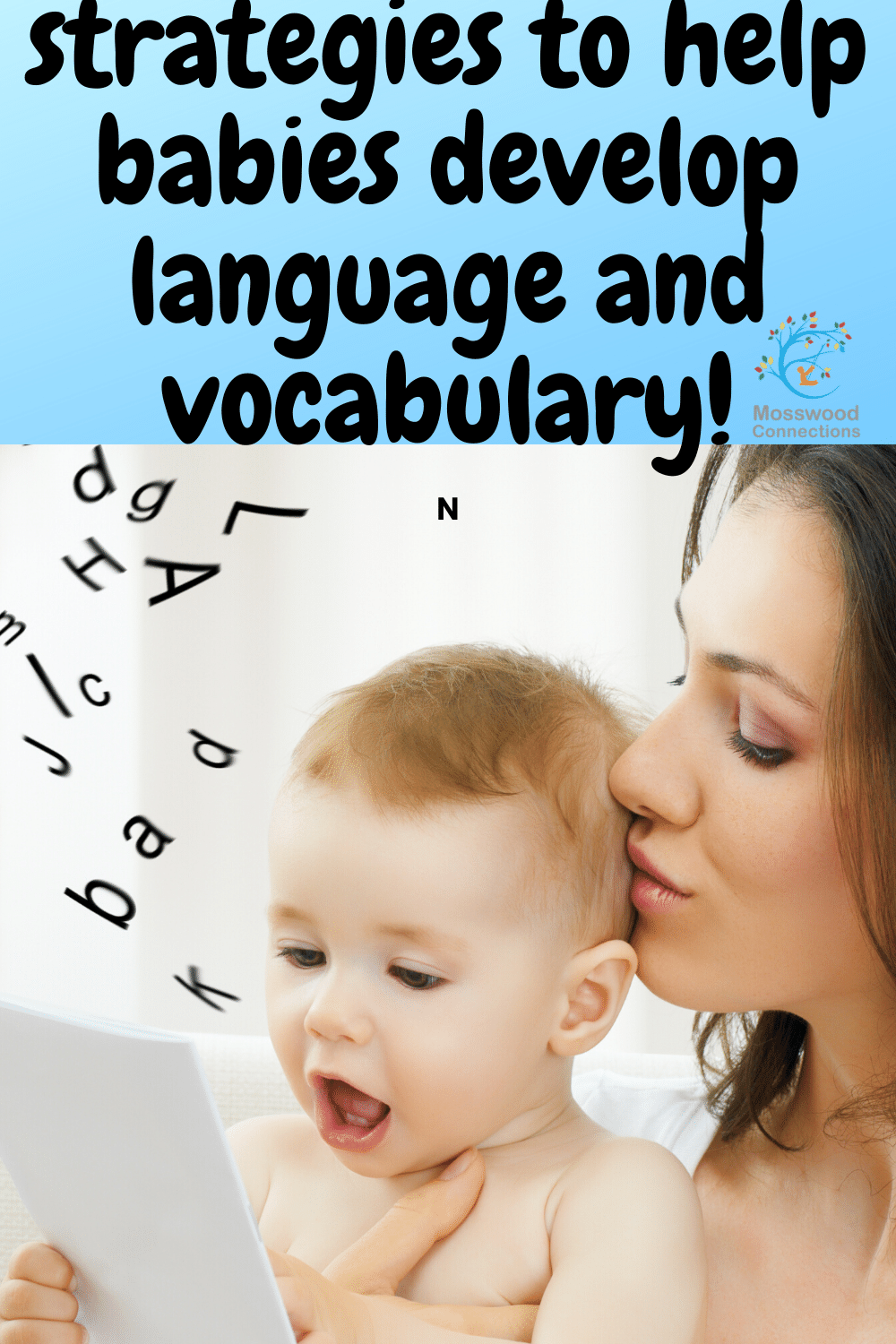

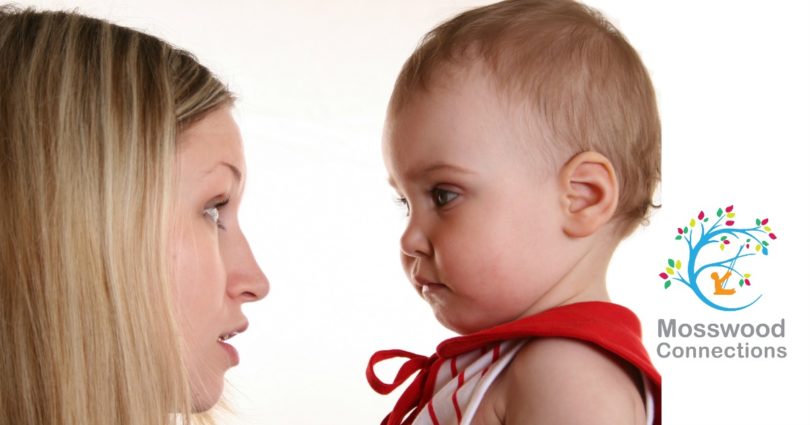

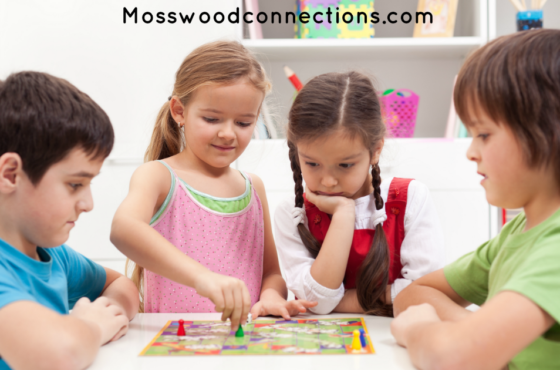
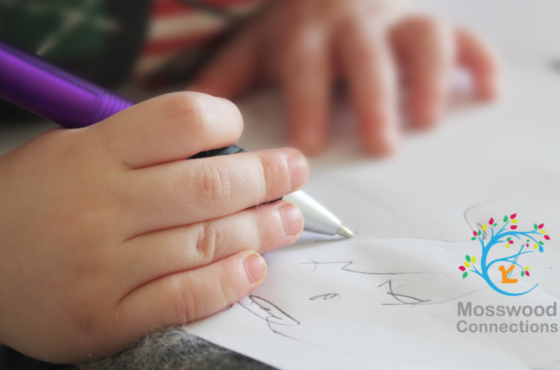
[…] writing within each child.” ( Jodi Scott) There are so many ways that you can help your child develop language and literacy skills; talk to your child, read to your child, give them rich experiences. Encourage curiosity and […]
[…] literacy is a critical part of child development and the more language enrichment you give your child, the better. Read to your children often and present them with a myriad of […]